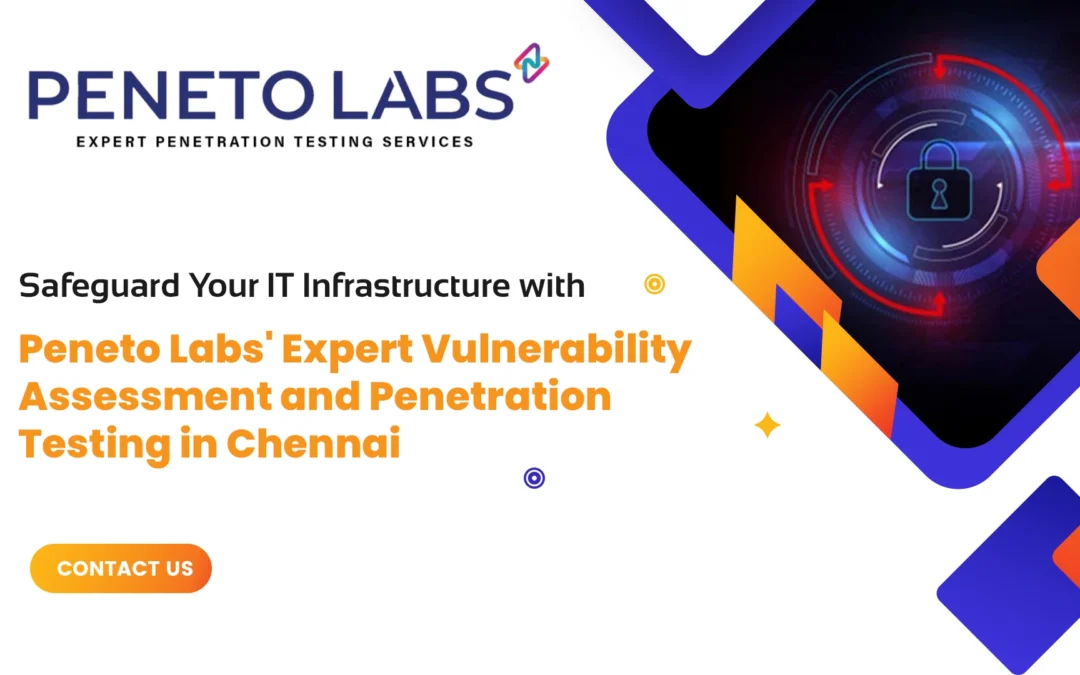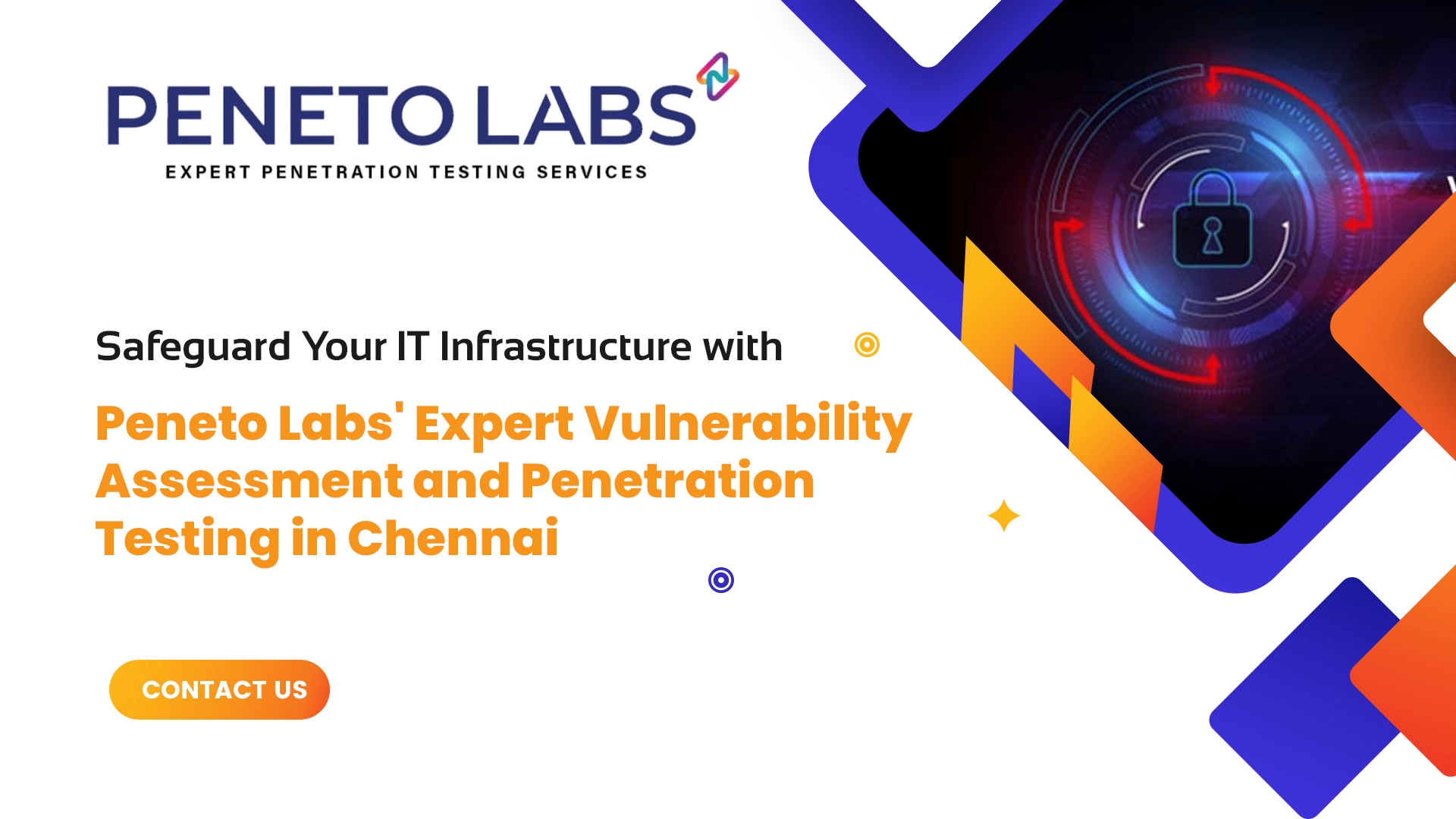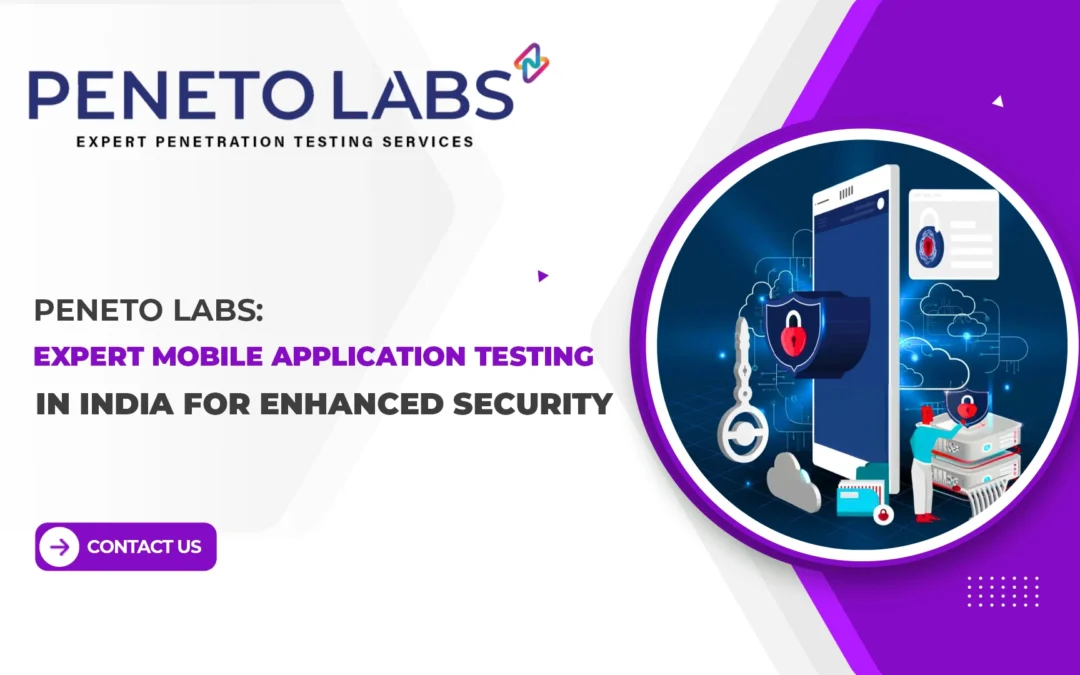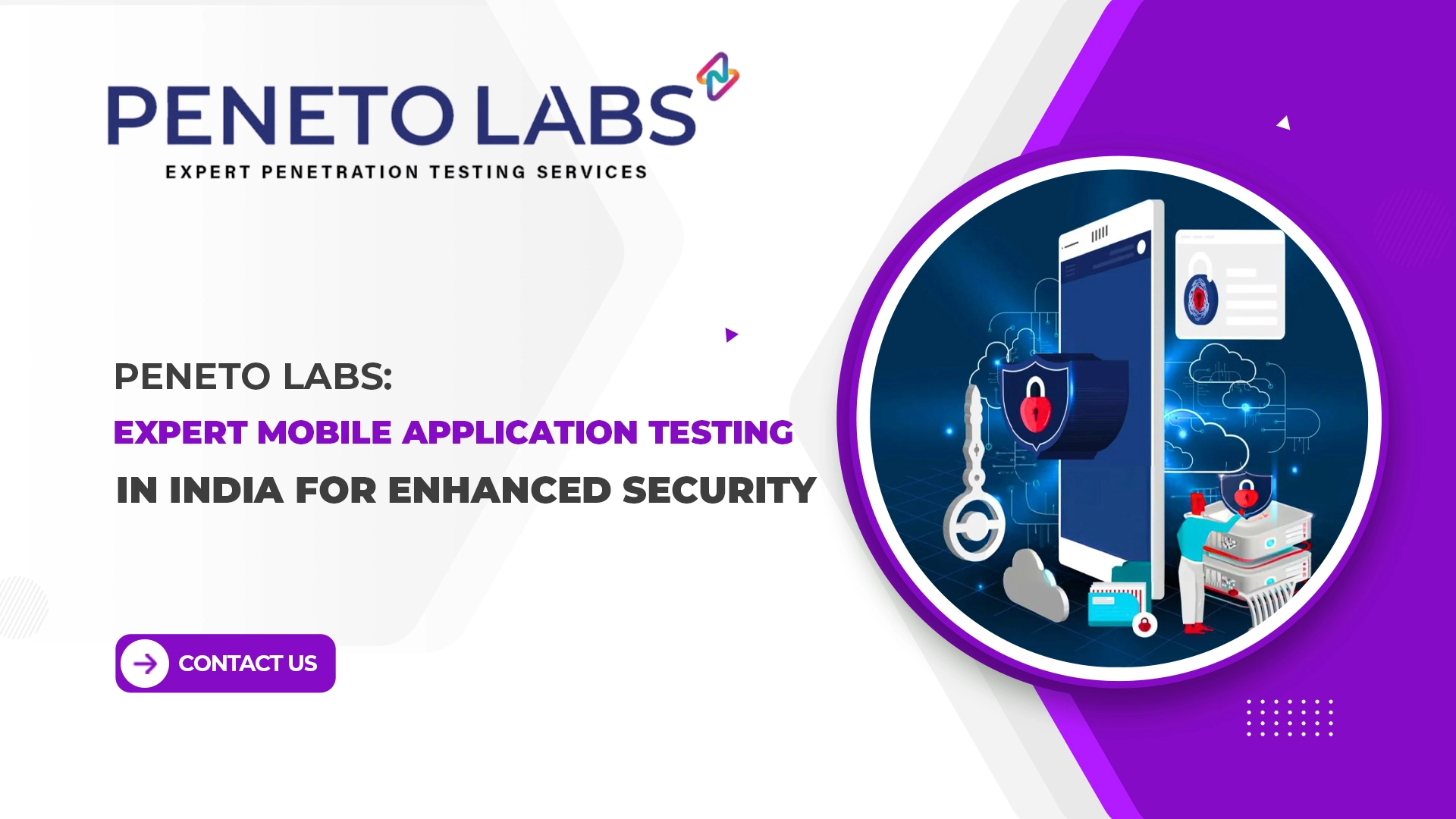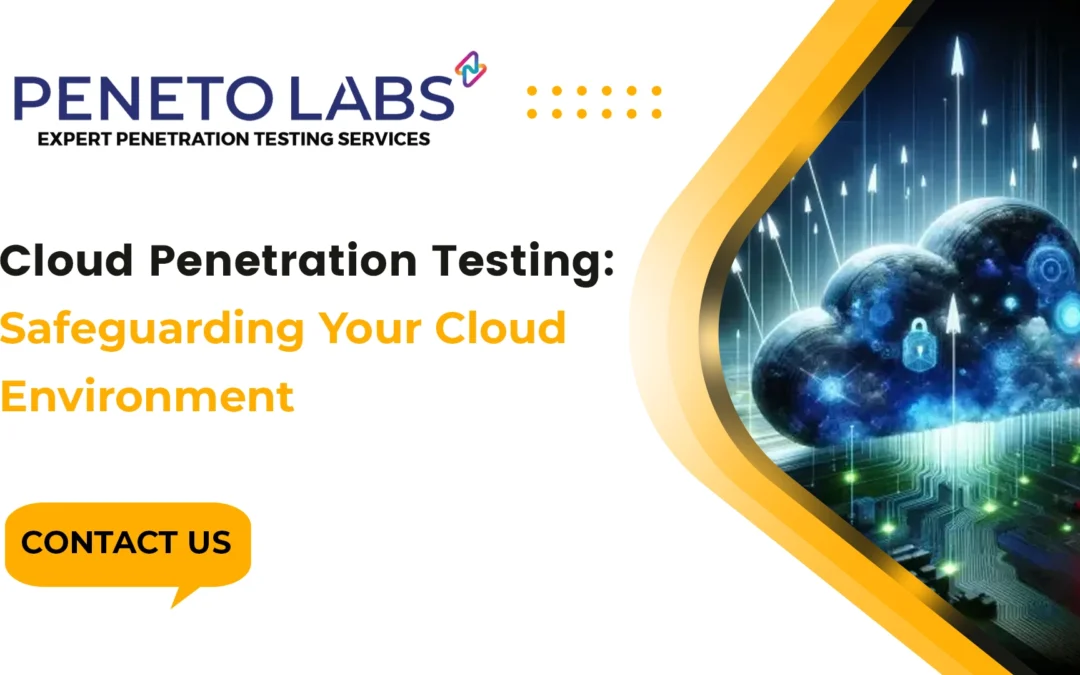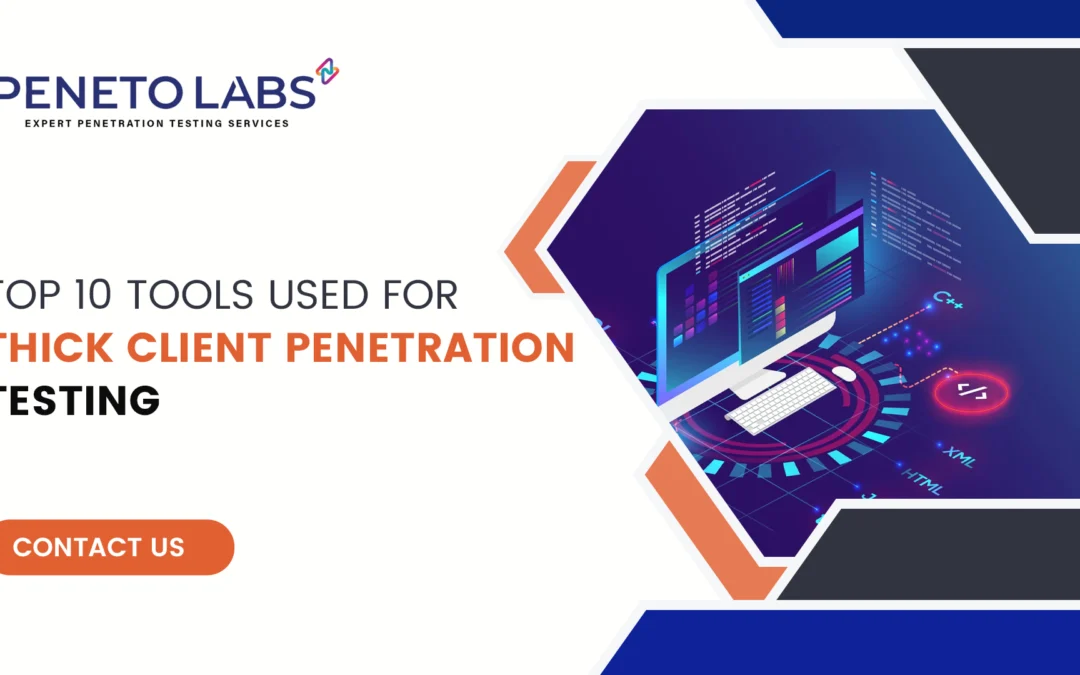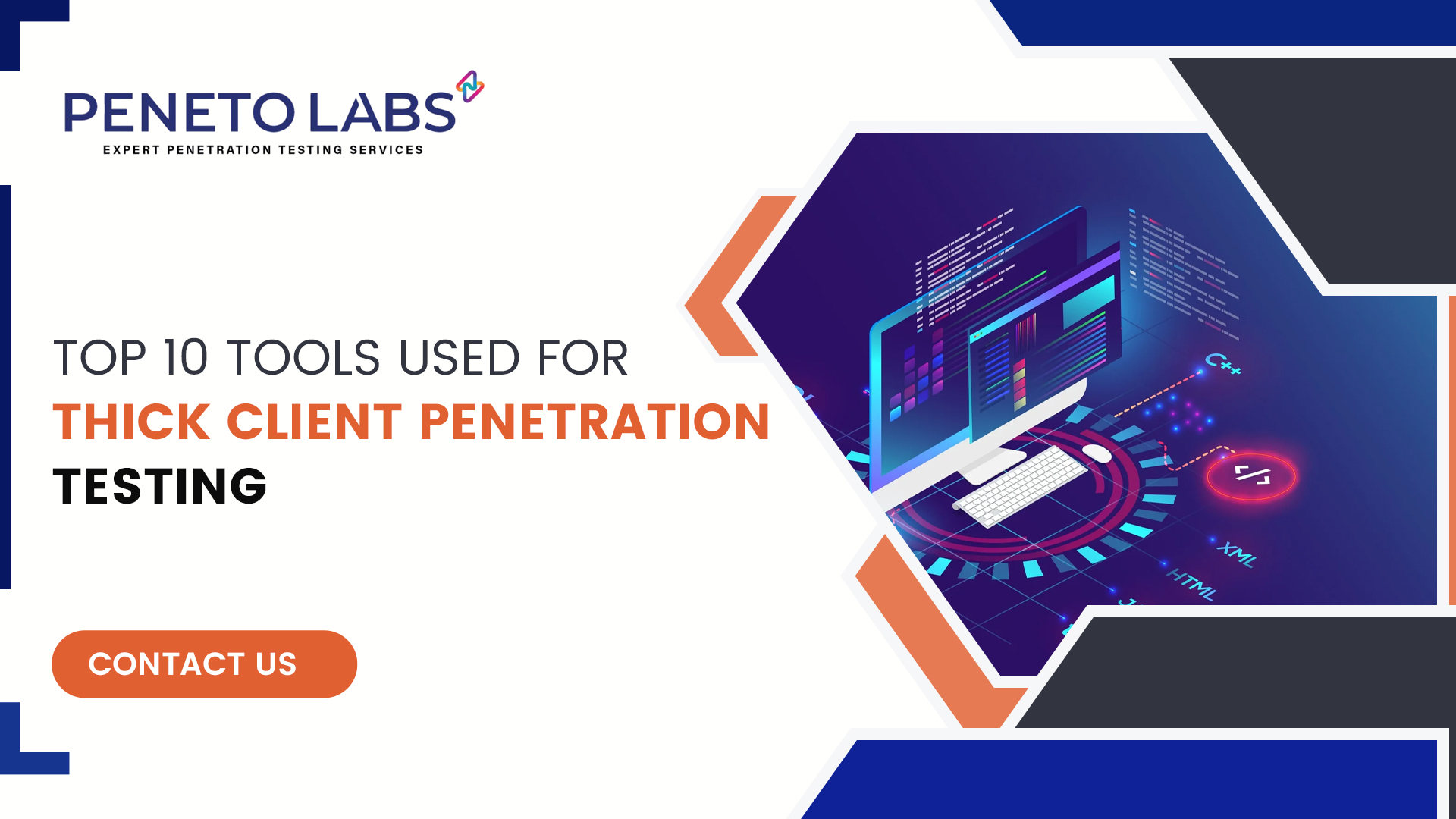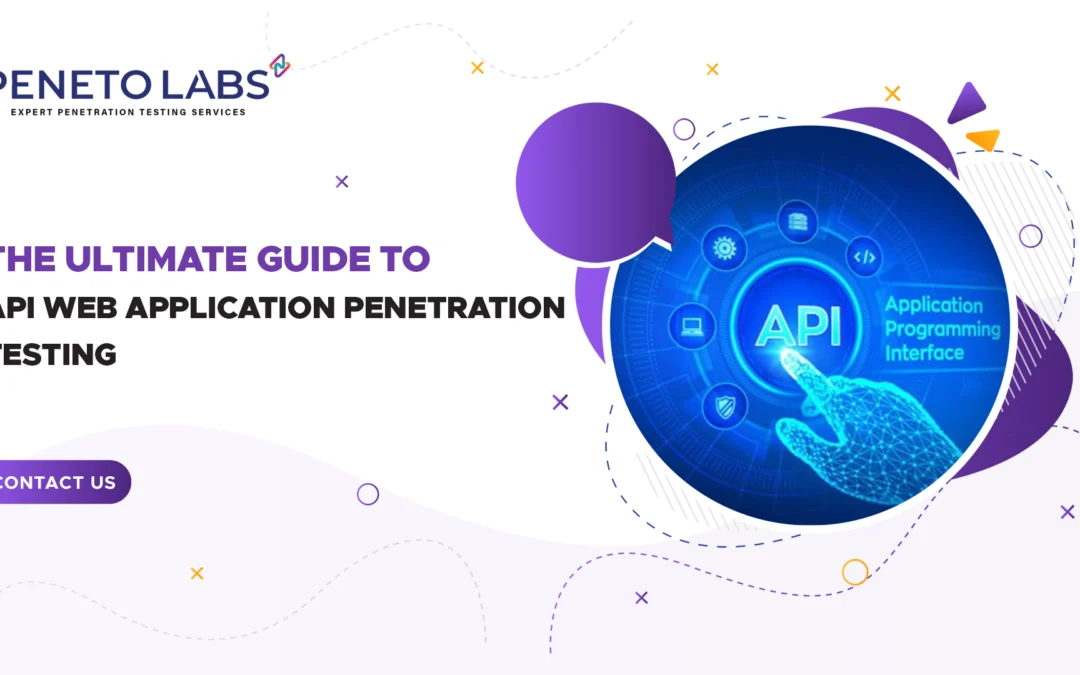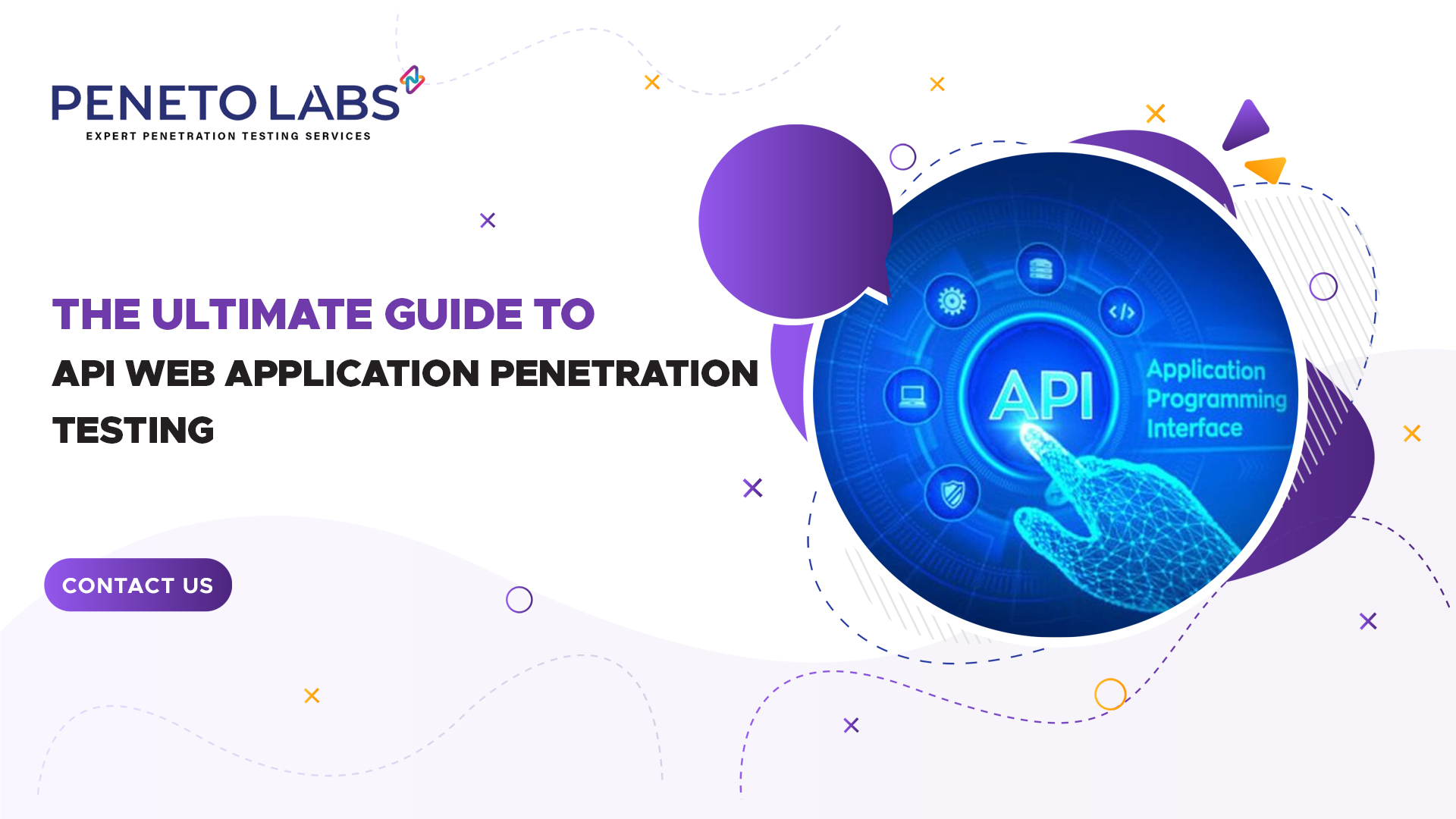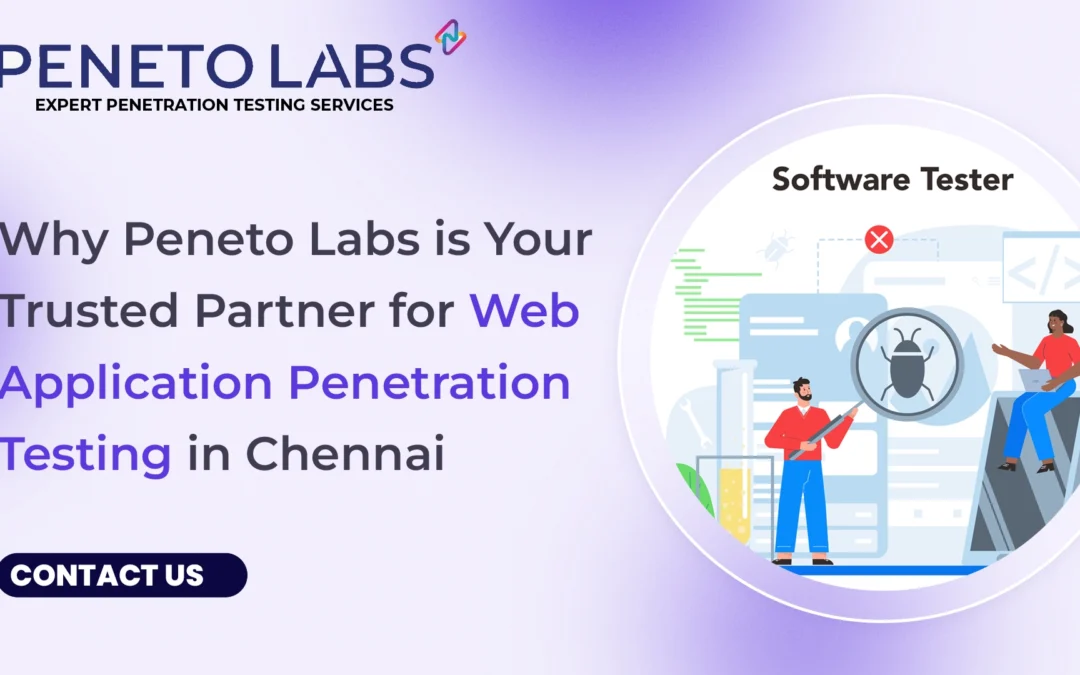
Why Peneto Labs is Your Trusted Partner for Web Application Penetration Testing in Chennai
by Pradeep R | Jan 21, 2025 | Penetration Testing
Why Peneto Labs is Your Trusted Partner for Web Application Penetration Testing in Chennai
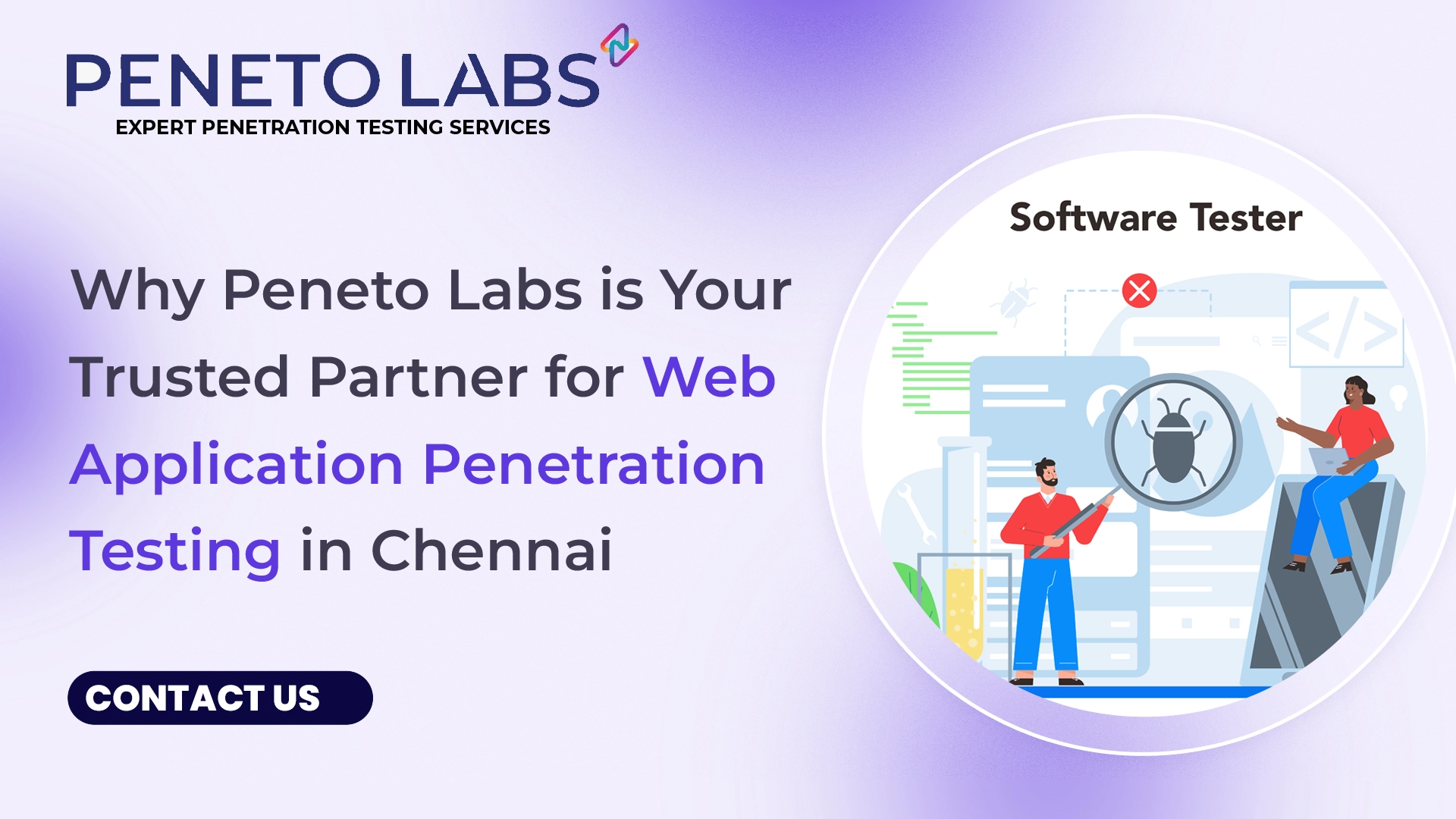
The Need for Web Application Penetration Testing
Modern businesses often develop or host web applications in-house or via third-party vendors. While these applications are vital for operations, developers sometimes prioritize deadlines over security, resulting in vulnerabilities. These security gaps can:
- Expose sensitive client and company data.
- Risk the company’s reputation.
- Leave critical servers hosting the applications vulnerable.
- Lead to regulatory fines and potential lawsuits.
With Peneto Labs, businesses can proactively identify and address these vulnerabilities before they become a problem.

Why Peneto Labs is the Best Choice for Mobile Application Penetration Testing?
- Peneto Labs is empanelled by CERT-In, our audit certifications come with the highest level of credibility.
- With certifications like OSCP, OSCE, GWAPT, GXPN, and CRT, Peneto Labs consultants bring world-class expertise to every assessment.
- Our assessments follow Proven Methodologies like OWASP, NIST, PTES, and MITRE, for high-quality results.
- Our assessments mimic Real-World Hacker Techniques, providing deeper insights into your organization's vulnerabilities
- Remediation-Focused Reports with clear, actionable insights that help you remediate issues.
- Trusted by brands like Aditiya Brila, Axis Finance, Federal Bank, GEOJIT, LYCA, etc.

How Peneto Labs Secures Your Web Applications
1. Identify Security Risks
Our comprehensive assessments simulate real-world cyberattacks to uncover vulnerabilities in your web applications. We evaluate software for potential risks, including coding flaws and architectural weaknesses, ensuring you stay ahead of potential threats.
2. Reduce Risk of Breaches
By uncovering hidden vulnerabilities, we help businesses reduce the risk of cyberattacks and data breaches. This not only protects sensitive data but also ensures the continuity of business operations.
3. Satisfy Compliance Requirements
Meeting compliance standards is essential for businesses in many industries. Peneto Labs ensures your web applications adhere to regulatory frameworks, making audits stress-free and straightforward.
4. Verify Security Controls
We assess your existing security measures, identifying gaps and providing actionable insights to strengthen them.
5. Obtain Audit Certification
As a CERT-In empanelled organization, we provide credible and reliable audit certifications. This boosts trust among stakeholders and demonstrates your commitment to cybersecurity.
Don’t Let Hackers Win—Secure Your App Now!
Get our exclusive Web Security Checklist, and take the first step toward a safer web application!

Benefits of Choosing Peneto Labs
1. Expert Team
Our consultants specialize in advanced security techniques, combining automated tools with manual testing to deliver comprehensive results.
2. Tailored Solutions
Every business is unique. We customize our penetration testing services to address your specific risks and compliance requirements.
3. Proven Methodology
Our thorough testing process identifies vulnerabilities that may go unnoticed in standard audits.
4. End-to-End Support
From assessment to remediation, we guide you through every step, ensuring your web applications are secure and robust.
5. Trustworthy Certifications
Earn globally recognized certifications that showcase your dedication to data security and regulatory compliance.
The Peneto Labs Testing Process
Our process is designed to ensure maximum security with minimal disruption to your operations. Here are the four simple steps:
- Schedule an Appointment: Let’s begin with a consultation to understand your web application’s architecture and specific needs.
- Assess Your Web Application: We conduct a thorough security analysis, including both automated and manual testing, to identify vulnerabilities.
- Provide Recommendations: Based on our findings, we provide a detailed report with actionable recommendations to secure your web application.
- Implement Recommendations: Once you implement our suggestions, your web application will be fortified against potential threats.
Why Choose Peneto Labs for Web Application Penetration Testing in Chennai?
- Experienced Professionals: Our team consists of seasoned cybersecurity experts who use advanced methodologies to uncover vulnerabilities.
- Comprehensive Services: We offer end-to-end solutions, from identifying risks to helping with remediation and certification.
- Industry Recognition: As a CERT-In impanelled organization, we provide credible and industry-recognized audit certifications.
- Custom Solutions: We tailor our testing services to align with your unique requirements and compliance standards.
- Proven Track Record: Businesses across Chennai trust us to secure their web applications effectively.
Penetolabs FAQs about
1. What is web application penetration testing?
Web application penetration testing is a security assessment to identify vulnerabilities in web applications. It involves simulating real-world cyberattacks to ensure your application is secure.
2. How often should penetration testing be done?
It’s recommended to perform penetration testing annually or whenever there are significant changes to your web application, such as updates or new features.
3. Is Peneto Labs suitable for small businesses?
Yes! Our solutions are designed to scale seamlessly, providing robust protection for web applications across businesses of all sizes.
4. How long does the testing process take?
The duration varies depending on the complexity of the application, but we aim to deliver results efficiently without compromising quality.
5. What happens after the testing is complete?
We provide a detailed report of vulnerabilities, along with actionable recommendations to address them. We provide dedicated assistance throughout the implementation process.

